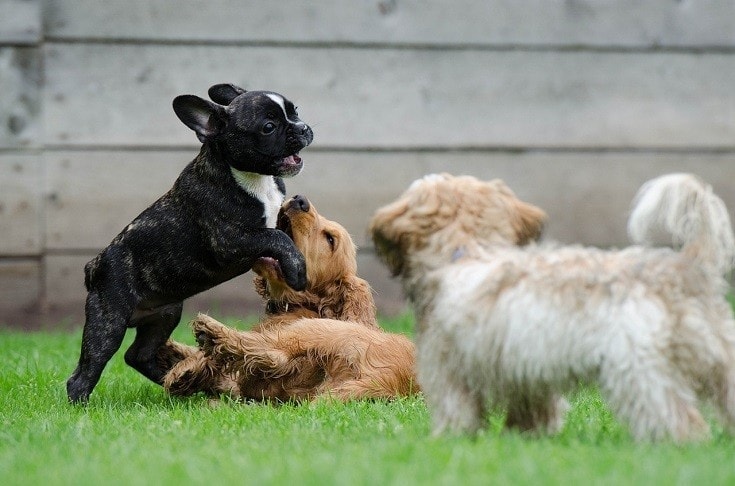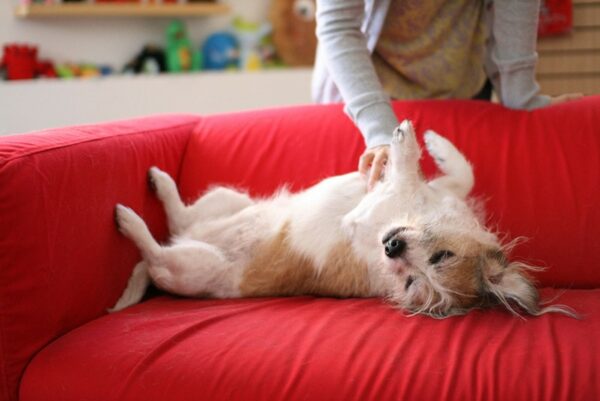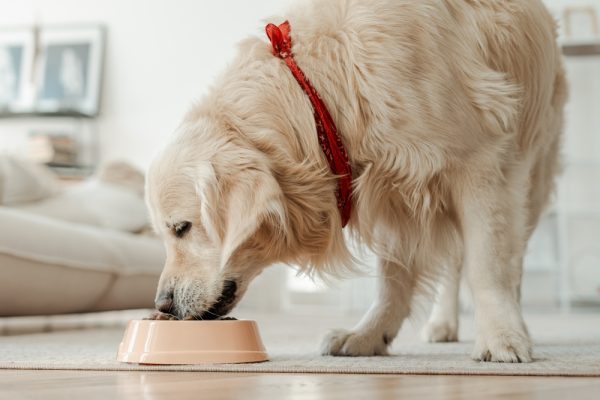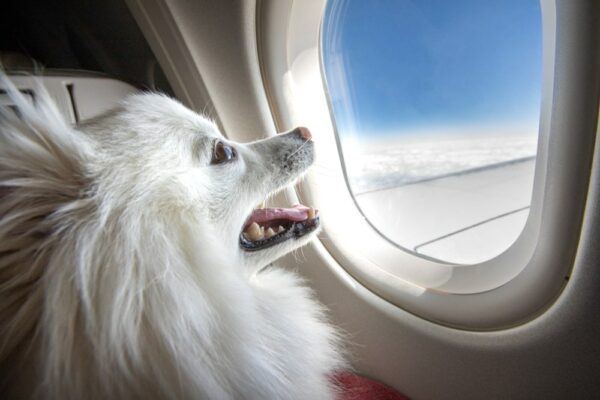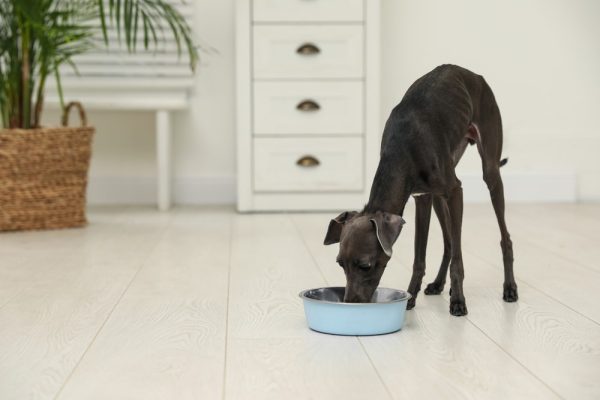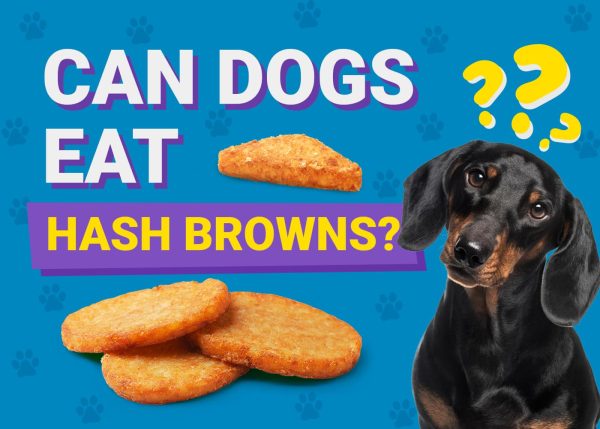In this article
Although some vets recommend waiting until a puppy is fully vaccinated before meeting other dogs, new owners are also told that early socialization is key and that the ideal window in which to start socializing is when a dog is between three weeks and three months of age. It is impossible to follow both guidelines, but as long as you ensure that your puppy only mixes with dogs that are fully vaccinated, there is no reason that your dog can’t start to meet other friendly pups, as long as one week has passed after they have had their first round of vaccinations. Puppies should start vaccination no earlier than 6 weeks old and socialization at 7-8 weeks old.

What Is Socialization and Why Does It Matter?
New puppy owners are told to socialize their puppy, but what does it really mean? Meeting new people and new dogs is part of it, but that isn’t all. Socialization means introducing a dog to new situations, new people, new animals, and new encounters.
Having your puppy meet a policeman, in full uniform, for the first time won’t just teach the puppy that policemen in helmets and bright yellow jackets aren’t to be feared, but it will teach them that new situations aren’t a bad thing. The same is true of all other social situations. Generally, well-socialized puppies will do better when meeting new people and encountering situations as older dogs. Those who underwent no socialization will be nervous about new people and get anxious when put in a new situation.
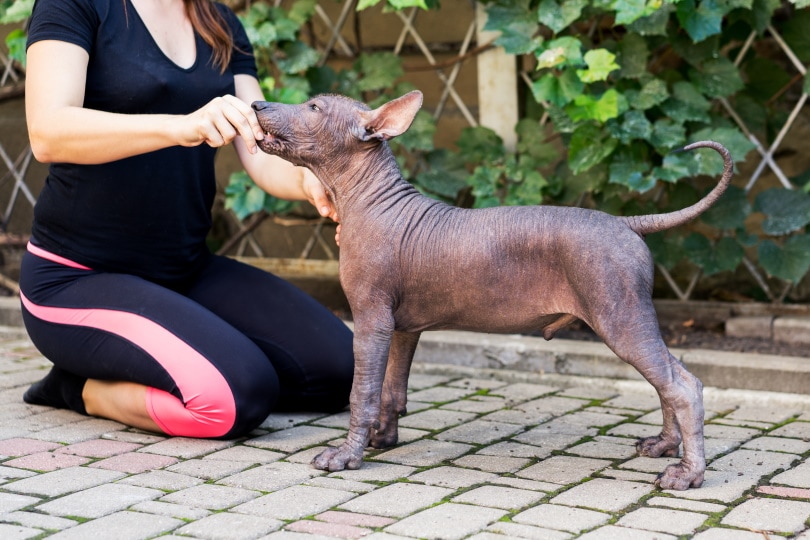
Why Do Vaccines Matter?
Vaccines are also important. They protect against parvovirus, distemper, hepatitis, and rabies. Additional vaccines may also be given, according to factors such as the area in which your dog lives and whether it will be a working dog or a pet. After completing their vaccination schedule, your dog will need to have an annual or tri-annual booster to ensure that it enjoys continued protection.
The initial vaccination requires three rounds of injections, one at around 6–8 weeks and the second and third boosters 2–4 weeks later. This means that your puppy could be nearly four months old before it is fully vaccinated.
In the meantime, if your puppy comes into contact with a dog that is shedding parvovirus, it could contract it. This leads some vets to caution against letting unvaccinated puppies meet other dogs. It is not an easy decision, the main issue is that puppies receive passive immunization from their mother through the colostrum. This protects puppies against pathogens during their first 6-8 weeks of life after which a puppy needs to develop its immune system. The same mother-inherited system that protects puppies against pathogens can do their job against vaccine-inactivated viruses just as well as they do it against pathogenic viruses that try to infect the puppy. This means the vaccine may not successfully help the puppy develop their own immunity. This is why a puppy vaccination schedule requires several repetitions. In fact, the theme is so complex that the World Small Animal Veterinary Association has updated the guidelines in 20241 and the specific vaccination recommendation for each puppy will largely depend on the different risk levels of the area they live in, as well as the local laws.
Therefore it is incredibly important that you take all the precautions. Ask your vet for personalized recommendations on vaccination timing and schedule. Don’t let your dog socialize with unknown or unvaccinated dogs, and ensure that you know the vaccination status of any dog with whom it comes into contact. This is the only way to procure your puppy’s continued good health while allowing it to meet new dogs and socialize with other puppies.

The 6 Tips for Socializing a New Puppy
1. Desensitization Is Very Important
It is natural that your puppy will feel a bit blue and scared initially when they get home, but after a couple of days, you can start desensitizing them to a variety of scenarios without even having to leave your home. Teach your pup that people with hats, loud noises, new spaces, rollerblades, balls, vacuums, etc. are nothing to be fearful of. Exposing them to a variety of stimuli from a young age is crucial. Make sure they learn this is positive and fun, and use your puppy’s natural playfulness as a tool for this learning experience.
2. Exploration and Regular Walks
Controlled explorations and regular walks are great tools for socialization. Not only do they introduce your puppy to the outside world, but they are likely to include new situations that your puppy isn’t prepared for. It will be exposed to cyclists, cars on the road, other people, and even dogs and cats. With very young puppies, this can safely be done inside a carrier or doggie stroller at first, this is because parvovirus is very resilient and widespread. Parvovirus can survive on many surfaces in the environment, so it is recommended to wait at least seven days after your puppy’s second shot before you allow them to do regular walks around the block or neighborhood. This is to reduce an increased risk of exposure before proper immunity is attained.
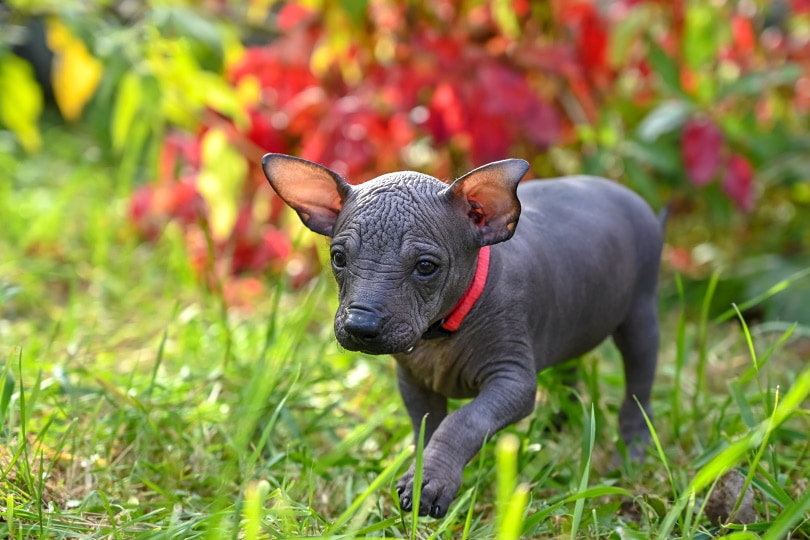
3. Change Your Walks
To get the most benefit from your walks, take different routes and at different times. If you take the same walk at the same time every day, you are likely to run into the same scenarios. While this might make your puppy feel comfortable, it won’t be teaching social skills.
4. Enrol in Puppy Classes
Puppy classes are great for a lot of reasons. They give you the basic tools needed to train your puppy and are also a sympathetic environment where other members should accept you, your puppy, and your puppy’s habits. They are also packed full of other puppies in the same situation and are a good opportunity to meet male and female puppies of different breeds, and puppies with various temperaments. Just ensure that the puppy school requires at least a round of vaccinations for all puppies before enrollment.
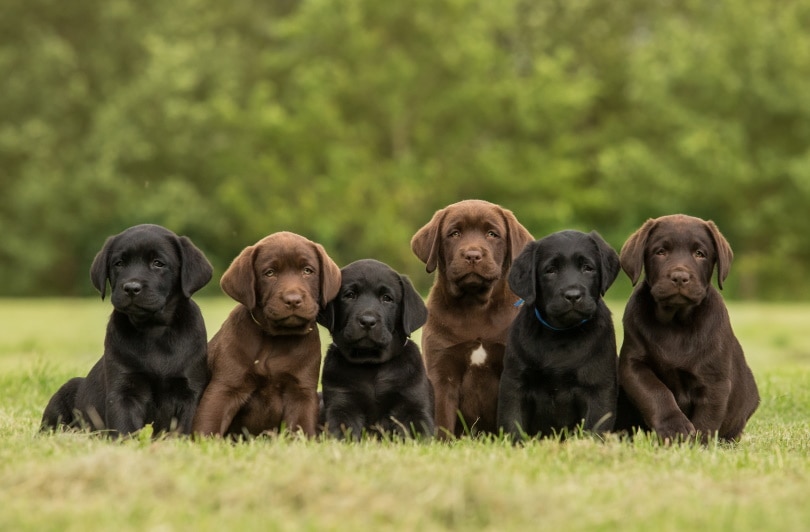
5. Visit Dog Parks
Puppy classes, however, tend to be filled with puppies, and your dog will meet older and young puppies. One week after your puppy has completed the vaccination schedule, it’s time to take it to the next level. Dog parks are a good place to go to meet adult dogs. Be mindful of your puppy’s vulnerability and lack of social skills, and make sure you check with owners before your puppy greets their dog. Not all dogs are happy being jumped on by a new friend.
6. Get the Family Involved
You can’t intentionally introduce your puppy to some situations but can fabricate these meetings. Have somebody wear a hoodie while walking past your puppy. Have your son or daughter ride their bike slowly past the puppy. Get everybody involved. It will be a fun experience and help ensure your pup is well-adjusted and equipped to deal with life.
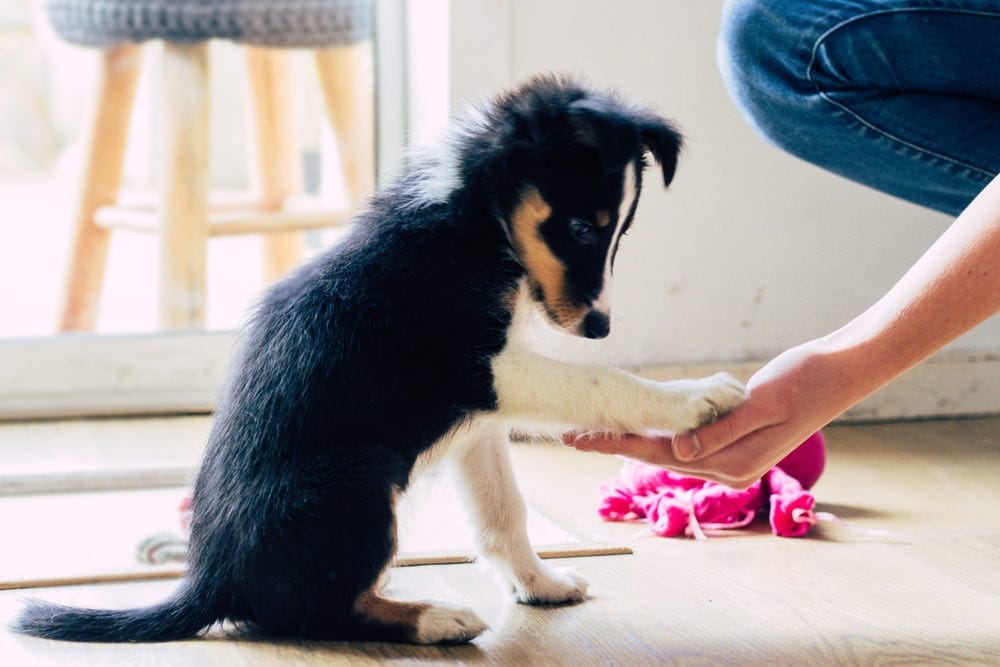

When Is It Safe to Expose Puppies to Other Dogs?
Puppies need socializing, but you don’t want to overwhelm them when they’re too young. You also need to ensure they are not at risk of catching highly contagious diseases like parvovirus if they haven’t been vaccinated. You should start socializing as soon as possible, but start small, and as long as your puppy doesn’t have full vaccination protection, prevent unnecessary risk, work on multi-scenario safe desensitizations at home, do controlled exposures, and check the vaccine status of any dogs it meets.
- See Also: Pup Scouts: What It Is & How to Join?
Featured Image Credit: 825545, Pixabay

